Silleuksa Temple – 신륵사 (Yeoju, Gyeonggi-do)
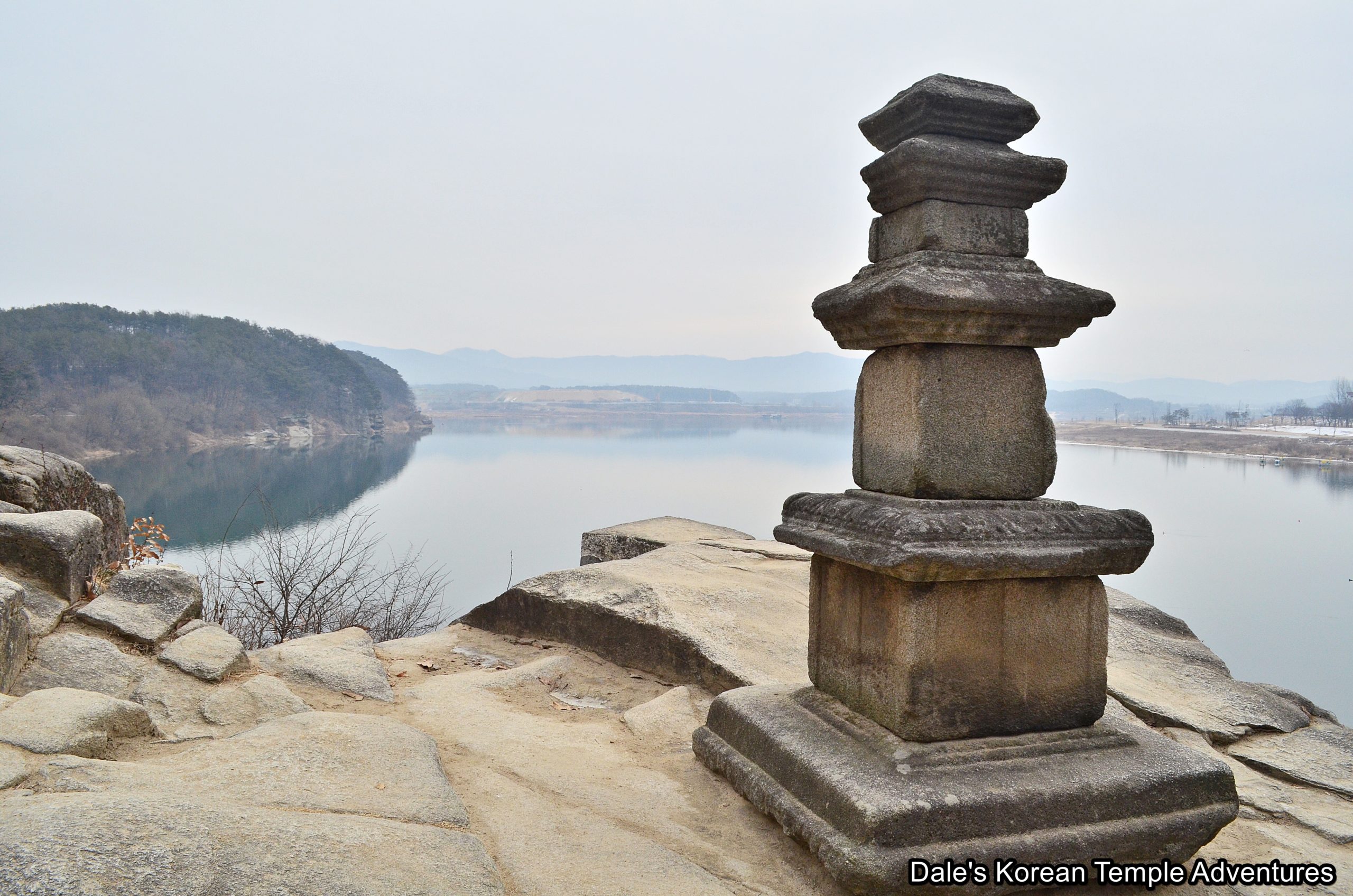
Temple History
Silleuksa Temple, which means “Divine Bridle Temple,” in English, is located in Yeoju, Gyeonggi-do. The origins of the temple are rather hazy. Lost in the fog of time. It’s believed by some that the temple was established during the reign of King Jinpyeong of Silla (r.579-632 A.D.). On the other hand, some believe that the temple was founded by the famed monk, Wonhyo-daesa (617-686 A.D.). As for the name of the temple itself, and according to temple legend, there was an uncontrollable horse that was reined in by the power of the Buddha. In 1469, Silleuksa Temple became the prayer sanctuary to the royal mausoleum to the great King Sejong (r.1418-1450). Currently, Silleuksa Temple is home to seven Korean Treasures. Also, the temple is nicknamed “The Wall Temple,” for the three famous pagodas that take up residence on the temple grounds.
Temple Layout
You’ll first approach the temple grounds from the west with the Temple Stay facilities to your left. After passing through a guardian gate with two fiercely painted Vajra Warriors on the entry doors, you’ll notice the Han River to your right. Past the pavilion and next to the serene river waters, you’ll finally come to the outskirts of the main temple grounds.
The first temple building to greet you at Silleuksa Temple is the Boje-ru Pavilion. To the right of this temple pavilion, and past a stone marker, you’ll finally gain entry to the main temple courtyard. Straight ahead is the beautiful eight story marble pagoda that dates back to 1472 and is Treasure #225. But according to Korean art historians, the pagoda is believed to have been taller than its current eight stories. The marble pagoda is masterfully adorned with dragons and lotus carvings, and it’s beautifully framed by the Geukrakbo-jeon main hall at Silleuksa Temple. The exterior walls to the main hall are adorned with Shimu-do, or “Ox-Herding murals,” in English. As for inside the Geukrakbo-jeon Hall, you’ll find a seated statue of Amita-bul (The Buddha of the Western Paradise) sitting in the centre of the main altar. Amita-bul is joined by two standing statues: one of Gwanseeum-bosal (The Bodhisattva of Compassion) and the other of Daesaeji-bosal (The Bodhisattva of Wisdom and Power for Amita-bul).
To the rear of the Geukrakbo-jeon Hall, and slightly to the left, you’ll find the historic Josa-dang Hall. The hall is believed to have been built early on during the Joseon Dynasty (1392-1910) during the reign of King Yejong of Joseon (r. 1468-69). Inside are housed three portraits dedicated to the monks Naong (1320-76), Muhak (1327-1405), and Jigong (d.1363). Not only is this hall the oldest at Silleuksa Temple, but it’s also Korean Treasure #180.
To the left of the Josa-dang Hall is the Myeongbu-jeon Hall. Inside is housed a green haired statue of Jijang-bosal (The Bodhisattva of the Afterlife) on the main altar. He’s joined on both sides by seated statues of the Ten Kings of the Underworld. Just outside this hall is an altar with a highly original piece of circular artwork also dedicated to Jijang-bosal. To the rear of this hall are a collection of stupas that house the remains of past monks like Naong. The bell-shaped stupa is for Naong is Korean Treasure #228.
To the right of the Geukrakbo-jeon Hall, and past the monks’ dorms, is the Samseong-gak Hall. Inside this shaman shrine hall, you’ll find some of the most original paintings dedicated to Chilseong (The Seven Stars), Dokseong (The Lonely Saint), and Sanshin (The Mountain Spirit) in all of Korea.
Now, with a walk towards the Han River once more, you’ll come across a hillside brick pagoda. This brick pagoda is only among a handful of such pagodas in Korea like at Songnimsa Temple in Daegu and Bunhwangsa Temple in Gyeongju. This six-story brick pagoda is Korean Treasure #226, and it’s believed to date back to the early part of the Goryeo Dynasty (918-1392). To the rear of the pagoda is the stele for the Daejang-gak, which was a two-story library built during the late Goryeo Dynasty. The stele is believed to date back to 1383, and it’s Korean Treasure #230.
The most picturesque part of Silleuksa Temple is past the brick pagoda and down the embankment. Perched alongside the historic pagoda is a pavilion that people can enjoy the peace and quiet of the flowing river. This part of the temple is also the most photogenic.
Admission to the temple is 2,000 won.
How To Get There
To get to Silleuksa Temple, you’ll first need to get to Dong Seoul Bus Terminal. From there, take the bus bound for Yeoju. The first bus leaves at 6:30 a.m., and the final bus leaves at 10:30 p.m. These buses leave every thirty minutes. From the Yeoju Intercity Bus Terminal, you’ll need to catch Bus #980. You can catch this bus after leaving the terminal and heading right for about 100 metres. Cross the road and you can catch Bus #980 from this stop. Finally, you’ll need to get off at the Silleuksa Temple bus stop.
Overall Rating: 9/10
There is just so much to love about Silleuksa Temple. The first is probably the picturesque location of the temple next to the tranquil Han River that flows just south of the temple grounds. And when you add into the mix the seven Korean Treasures like the pair of pagodas, the Josa-dang Hall, Naong’s bell-shaped stupa, and the highly original shaman murals inside the Samseong-gak Hall, you’ll have more than enough reason to travel to Yeoju in Gyeonggi-do.
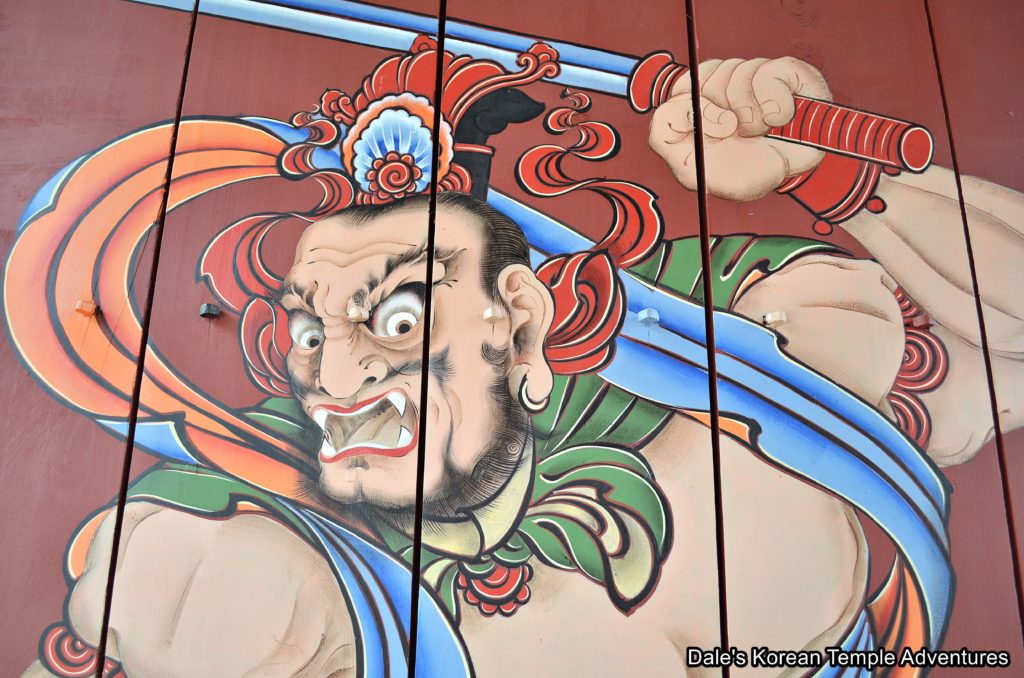
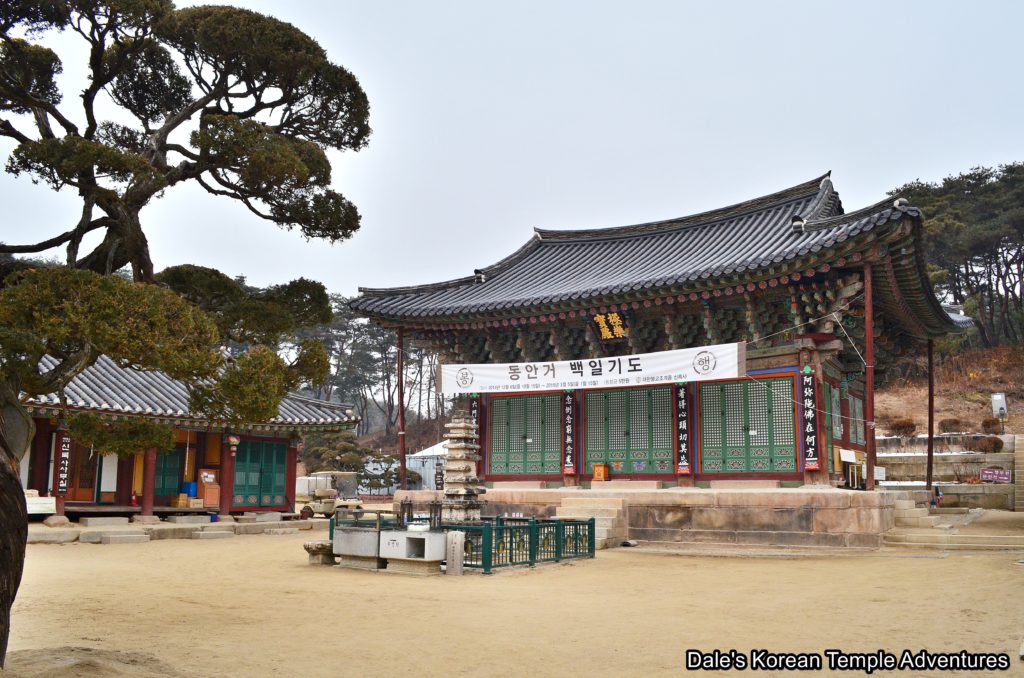
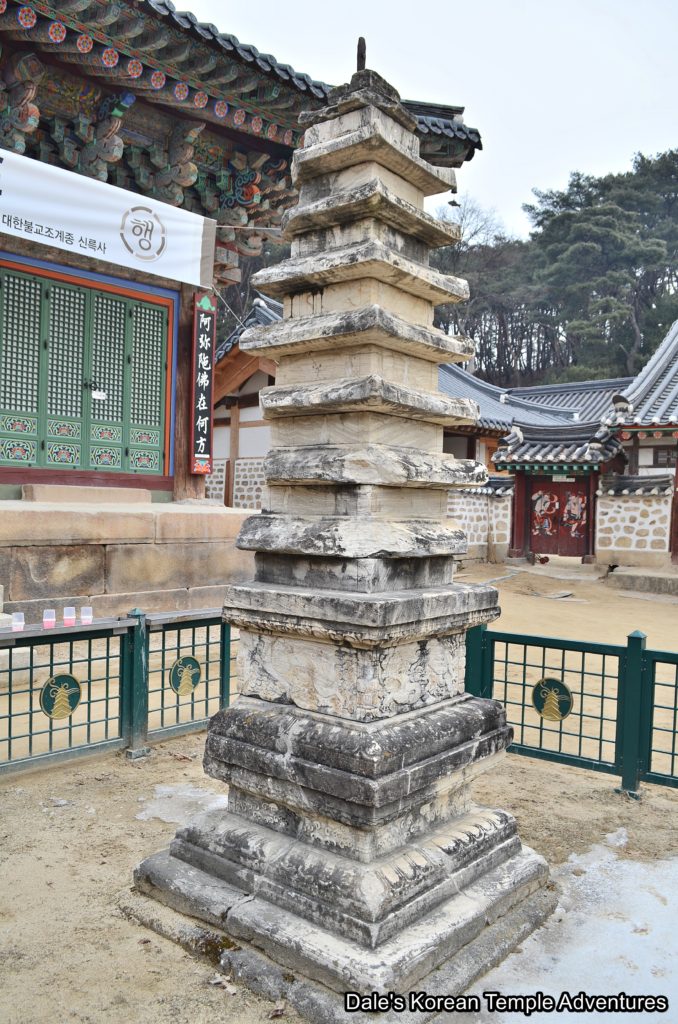

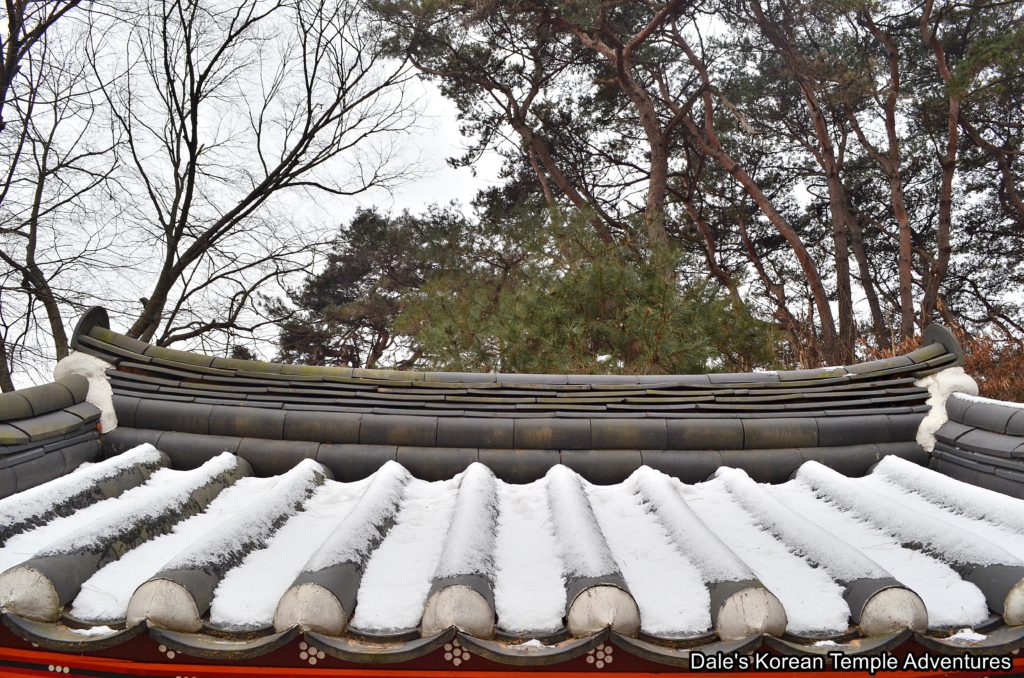
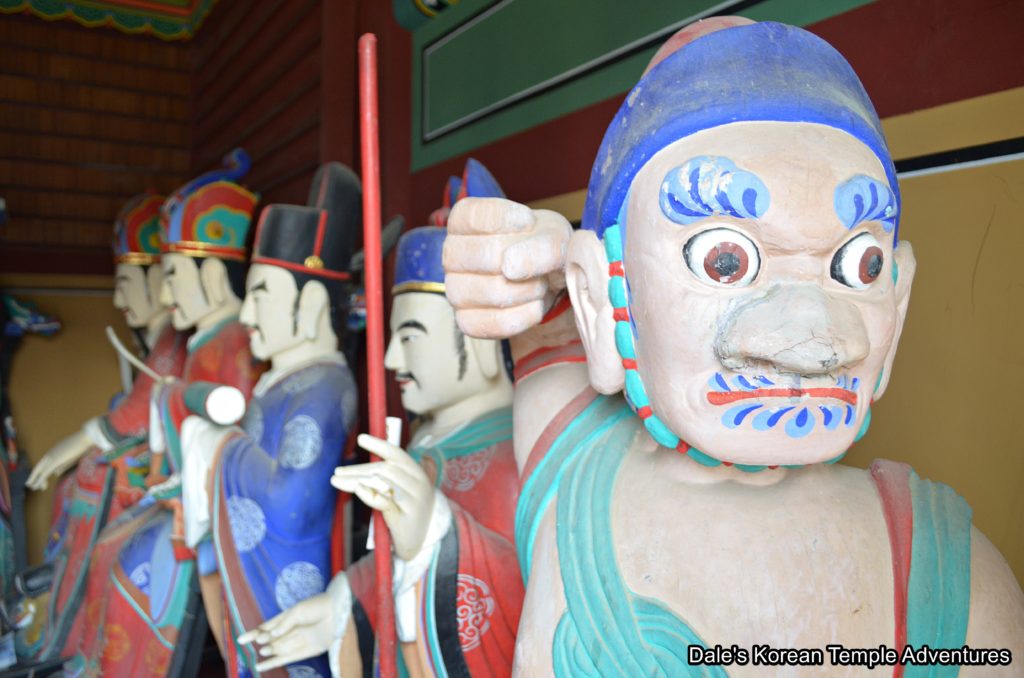
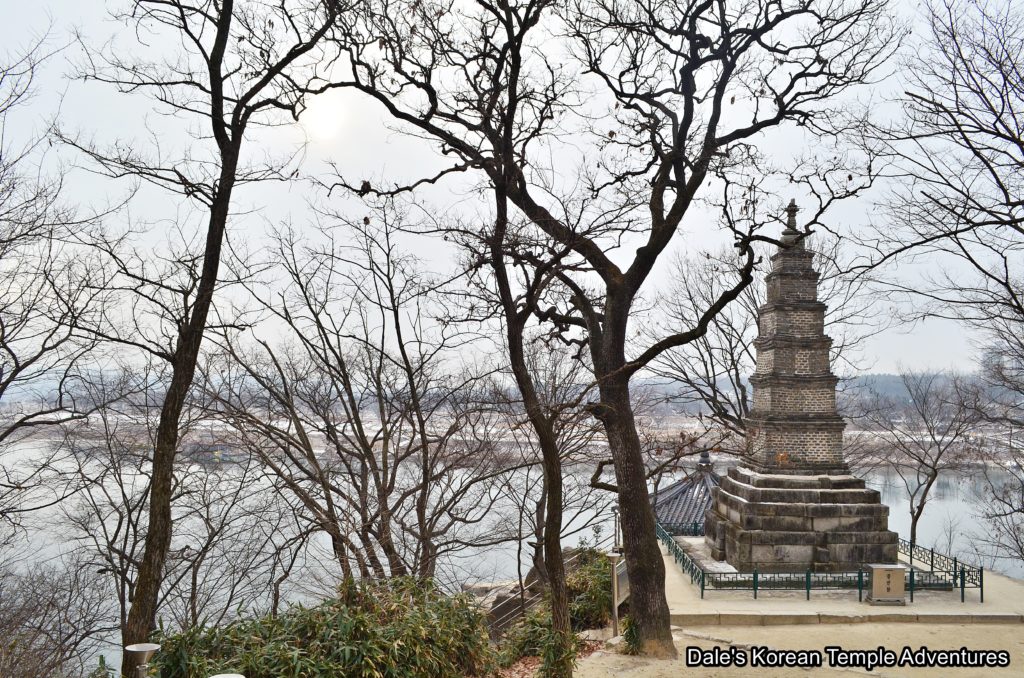
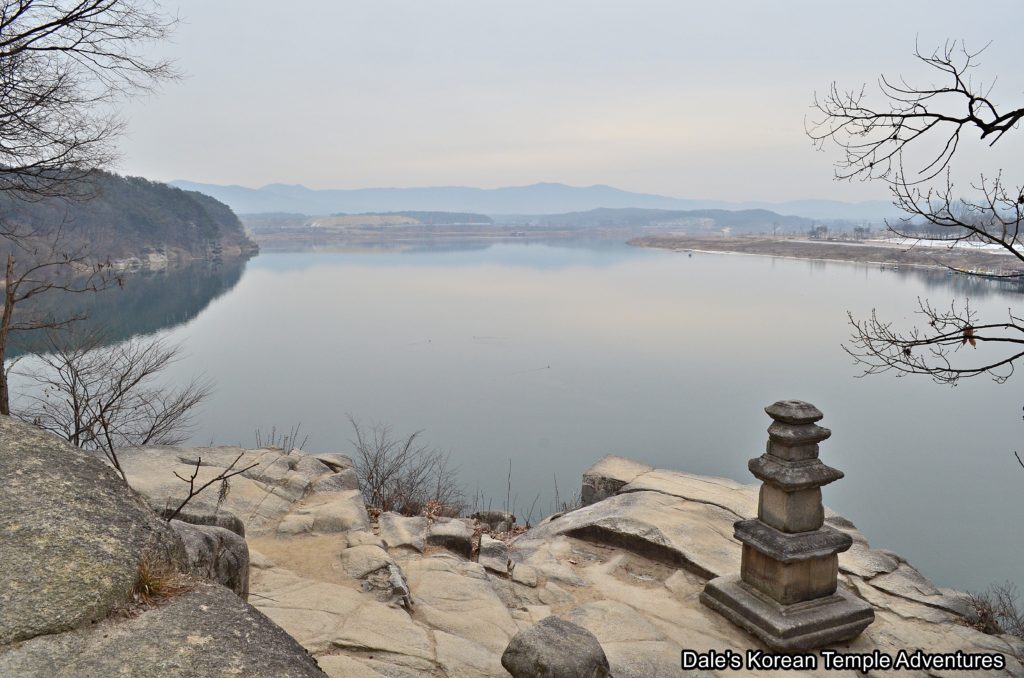
2 Comments
Ho Nam Park
This temple is my favourite one. Thank you for your kind information.
admin
Of course. I’m happy that you enjoy it!